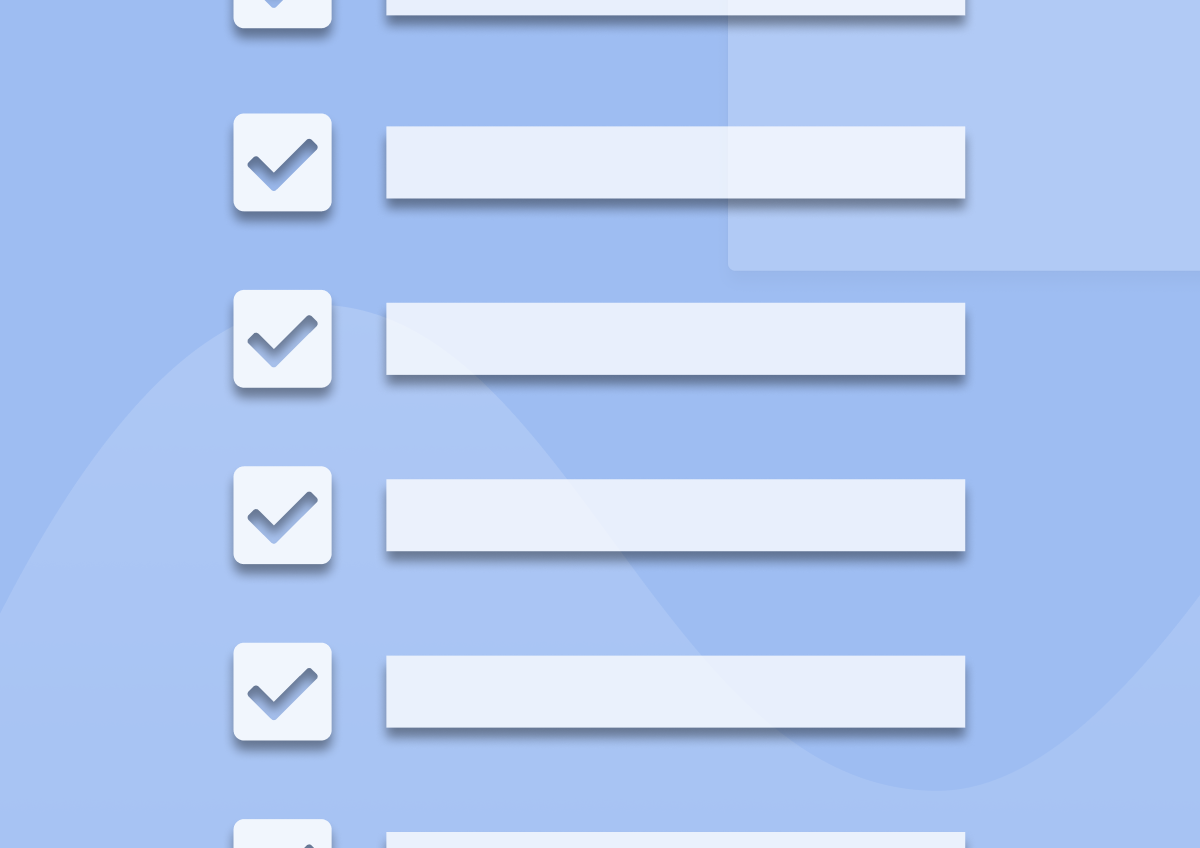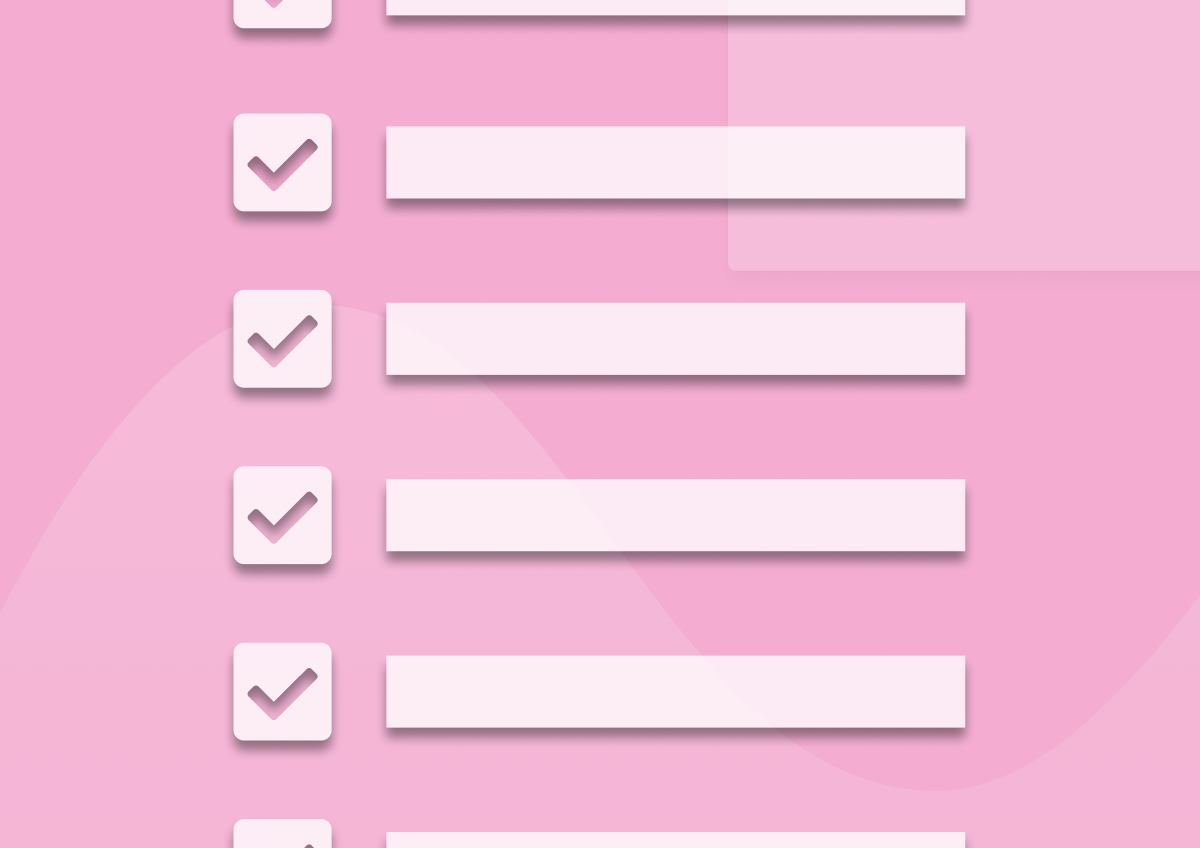SaaS Sales: What are the Biggest Challenges in Selling SaaS?
Selling SaaS products is no small feat, isn’t it? You have to generate leads, qualify them, then, convince those people to try out your product… And only if you see them engaging with it continuously, you can ask for the sale.
Madness, right?
Yet, for most companies supported by the sales model, doing the above is the only option.
If you’re one of them, I have a real treat for you today – A list of the most common challenges you and your peers face, along with suggestions on how to overcome them.
Let’s begin.
Challenge #1: Wasting time on unqualified leads
It’s a vicious circle, isn’t it? The more successful you are at generating leads, the more problems you create for the sales.
In fact, it’s common for the sales teams to feel overwhelmed when dealing with a large number of leads.
Yet, many feel they have no choice. They have to try and contact all leads (or pick their preferred deals to pursue.) Unfortunately, both options often end in tears.
Spending your time trying to contact all leads will only lead to burn out and not all leads require an equal amount of attention.
The gut feeling, on the other hand, is rarely right too.
That’s why you need a strategy to spend your time on the most important leads. The best way to process leads is to measure their quality through a lead scoring formula.
Lead scoring can help you filter the potential customers from the free trial users who are never planning to convert. It can also help you scale your process and how you deal with big opportunities in the future.
Solution: Start working today on a lead scoring model that fits your business model to save time and focus on the most important inbound leads.
Challenge #2: Stressing over the SaaS sales cycle
Every SaaS product has a different sales cycle. This may depend on the target market, the pricing model or even the target audience.
Although it’s not a problem per se, the sales cycle might create additional pressures for the sales team.
Having to deal with unrealistic expectations or monthly quotas is one of them, particularly if the company only launched its sales program and no one knows how long it takes to close the deal yet.
Benchmarking can help you get started when setting your expectations.
For example, enterprise sales deals that involve many decision-makers and higher pricing on the product can take several months to close. A product priced $20/month though should take less than a month to turn into a closed deal for a business.
That’s why you need to benchmark based on your industry, pricing and your customers’ needs to estimate your average sales cycle.
Solution: Start with a good benchmark for your sales cycle until you get comfortable with measuring your own results. Then, align the results with everyone’s expectations. Finding out more about your customers and the process they are going through until they are ready to buy your SaaS product can make it easier for you to meet your sales targets.
Challenge #3: Aligning sales and marketing
Fact: Marketing and sales are equally important for SaaS sales success.
The marketing funnel brings new leads and prospects. ales reps, on the other hand, close many of those deals.
But for that to happen, you need to ensure that each team shares goals and objectives, and communicates with the other party regularly.
Unfortunately, this rarely happens (and I can attest to this from experience.) Marketing brings leads they deem suitable, while salespeople curse them all the time for those low-quality opportunities.
Solution: Bring marketing and sales teams together as early as possible Instill processes to help them work together instead of as two unique entities.
Challenge #4: Picking the right SaaS sales models
Your success depends on the sales model that you choose. However, picking one isn’t as simple as it may seem.
For one, your decision will affect your growth and revenue. and any mismatch will affect your success.
Solution: Review all the available SaaS sales models to you carefully. Then, test the one that seems the most suitable for a limited time. If successful, roll it out fully. Otherwise, test again until you find the model that matches your product the most.
Challenge #5: Turning free trial customers to paying customers
There are many SaaS products out there. This means that it’s easy for customers to try out many of them before they are ready to pay for one.
This is a big challenge for every SaaS business that wants to grow.
There will be many leads that take on the opportunity of a free trial without paying for the product in the end. It’s good to remember that you won’t convince all the free trial users to pay and that’s fine.
What you need is an engagement strategy to keep the warmest leads engaged during the trialing period.
Solution: Build an engagement plan and set up the strategy on how you will approach your leads from the first encounter to the end of the free trial. Find out more about them and try not to overwhelm them. Focus on the benefits and the reasons they should trust you with their budget and time before they are ready to pay for your product.
Challenge #6: Customers facing too many options
New SaaS products pop up like crazy. But just like having competition is good – it validates the market – your customers face too many options when looking for a new product.
So, when selling your product, it helps to think like a customer.
For one, acknowledge that it can be overwhelming to choose the best product among all the available solutions.
Then, figure out how to stand out in the overcrowded market.
Present your product’s value and how it can benefit your customers, for example. Create a more informative website than your competition, fill it with content that helps customers make more informed decisions and so on.
Solution: Focus on the benefits rather than the features and highlight the things that make you stand out from your competitors. Understand your ideal customer and promote the product speaking their customer’s language. This way, you’ll present it as the most relevant solution and the obvious choice.
Conclusion
Every SaaS business faces sales challenges. Whether it’s the lack of time to qualify all the leads, a longer sales cycle, or dealing with a saturated market, you can still find a solution to your problems.
To overcome it, you need a strategy that will bring your teams together to close more deals and reduce the churn rate.
Product, marketing, and sales need to come together to build the foundation of tactics that will get you to address all the obstacles through the way to scaling.









